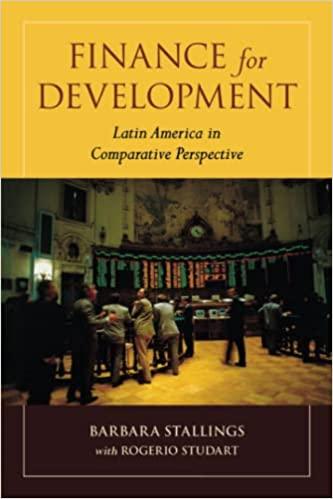Question
Break-even EBIT and Leverage: Company Y is comparing two different capital structures. Plan I would result in 7,000 shares of stock and $160,000 in debt.
Break-even EBIT and Leverage: Company Y is comparing two different capital structures. Plan I would result in 7,000 shares of stock and $160,000 in debt. Plan II would result in 5,000 shares of stock and $340,000 in debt. The interest rate on the debt is 10 percent. A. Ignoring taxes, compare both of these plans to an ALL-EQUITY plan assuming the EBIT will be $39,000. The ALL-EQUITY plan would result in 11,000 shares of stock outstanding. Which of the three plans has the highest EPSP The lowest EPS? B. In part A, what are the breakpeven levels of EBIT for each plan as compared to that for an ALL EQUITY plan? Is one higher than the other? Why? C. IGNORING Taxes, when will EPS be identical for Plans I and ||? D. Repeat parts A, B, and C assuming that the corporate tax rate is 40 percent. Are the break-even levels of EBIT different from before? Why or why not? Company Z has a debt-equity ratio of 1.5. Its WACC is 10 percent, and its cost of debt is 7 percent. The corporate tax rate is 35%. A. What is the company's costs of equity capital? What is the company's UNLEVERED cost of equity capital? . What is the company's UNLEVERED cost of equity capital? C. What would be the cost of equity if the debt-equity ratio were 2.0? What if it were 1.02 What if it were zero?
Step by Step Solution
There are 3 Steps involved in it
Step: 1

Get Instant Access to Expert-Tailored Solutions
See step-by-step solutions with expert insights and AI powered tools for academic success
Step: 2

Step: 3

Ace Your Homework with AI
Get the answers you need in no time with our AI-driven, step-by-step assistance
Get Started


